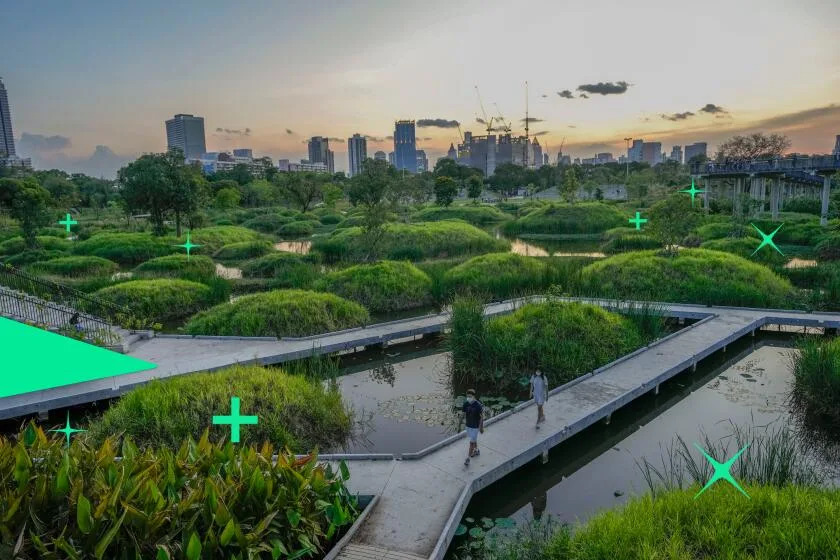
In 2019, when the Thai government announced plans to turn an abandoned tobacco factory in the nation’s smoggy capital into a public park, Bangkok-based landscape architect Chatchanin Sung saw an opportunity to address another of the city’s chronic problems: flooding.
For Bangkok, a city of 11 million sitting on low-lying swampland, the management of its water has increasingly become a matter of survival. With the capital facing more frequent and extreme rainfall as well as rising sea levels due to climate change, experts have warned that entire swaths of the city may be underwater within the next few decades.
Like Los Angeles, where intensifying droughts and floods have revealed limitations of conventional flood control systems like the L.A. River, Chatchanin felt that Bangkok’s own stormwater infrastructure had reached its tipping point.
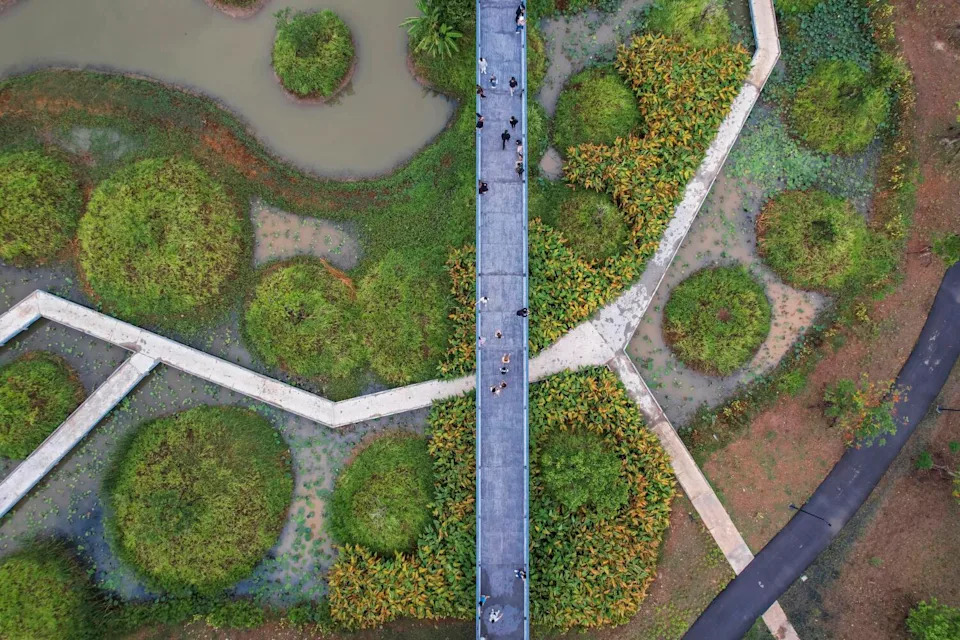
Decades of rapid urban development have encased the city with impermeable concrete surfaces that hinder the natural drainage of water. As a result, the city’s network of over 1,600 urban canals, which were once used for transporting goods and people but now primarily act as stormwater channels, are regularly overwhelmed.
“Because the canal water mixes with public sewage, the water quality is really bad,” Chatchanin said. “The park project was an opportunity to absorb and clean this water.”
To design the new space, a 102-acre expansion to the pre-existing Benjakitti Park, Chatchanin partnered with Kongjian Yu, a Beijing-based landscape architect who has long advocated what is known as a “sponge city” model of urban water management.
Read more: U.S. and Australia have long fought fires together. Climate change threatens joint efforts
The idea is that, unlike “gray” infrastructure, which is designed to flush water away as quickly as possible, cities like Bangkok can mitigate flood risk simply by making its surfaces more absorbent like a sponge, capturing stormwater before it can turn into runoff that pollutes streets and strains drainage systems.
Their winning design, which was opened to the public three years ago, was realized in just 18 months and reflects the idea that such urban water management systems can also provide valuable aesthetic and recreational benefits to communities.
Today, the former brownfield is a popular bird-watching spot. It features forested walkways alongside badminton and pickleball courts built in repurposed cigarette warehouses, all the while capturing and cleaning water.
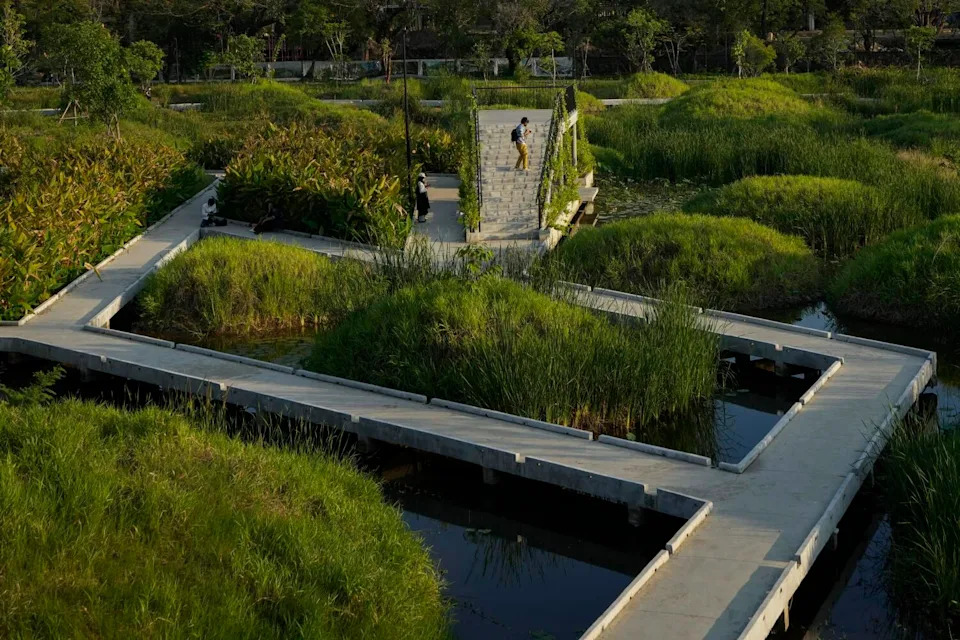
Fed by a nearby canal, a long system of wetlands containing thickets of aquatic plants removes pollutants from the water as it winds around the park’s perimeter, releasing what’s left into a large pond dotted with small islets.
This, alongside the park’s porous landscape and additional retention ponds, enable it to capture 23 million gallons of stormwater during Bangkok’s rainiest months. The water that's entering permeable earth instead of being blocked by concrete is helping to replenish natural underground reservoirs that benefit humans and the environment.
“Last year we had really heavy rains,” Chatchanin said. “The park also flooded but eventually absorbed it much more quickly.”
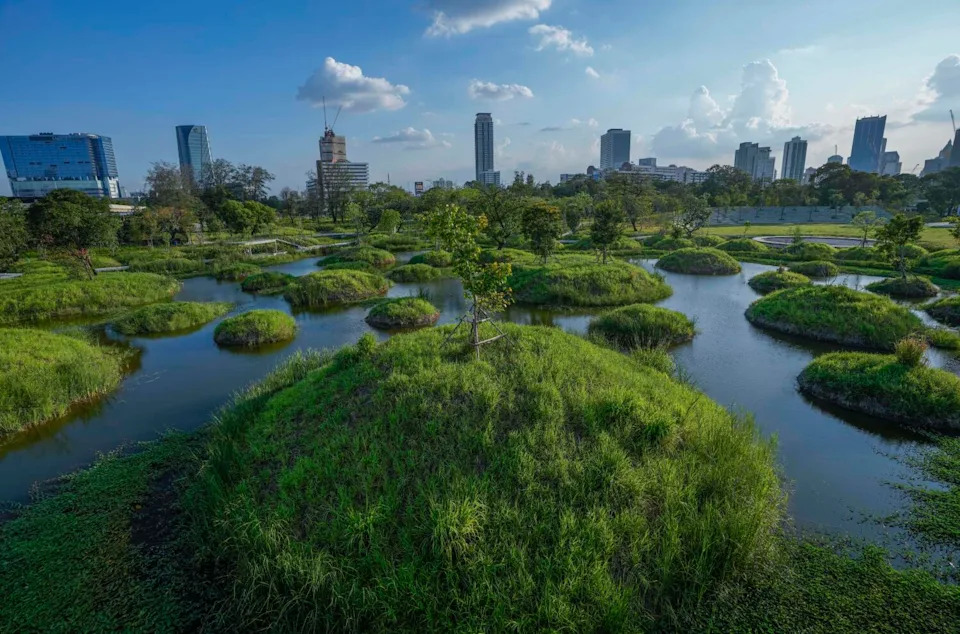
She pointed to the pond, which no longer had the foul odor or the oily sheen of the canal despite being just a few steps away. Dragonflies buzzed overhead — a common sign, she noted, that the water is clean.
Chatchanin acknowledged that one park alone can’t fix Bangkok’s water issues. But its modest success might, at the very least, encourage cities to rethink their relationship to water.
“People want fast answers,” Chatchanin said. “But hiding the problem is no solution. You can’t just raise your house on stilts, or flush out the water. It all comes back in the end.”
Read more: An L.A. River champion offers a vision for reimagining the waterway — and the city’s future
The idea that cities need to adapt to — not outrun — their floods has been a lifelong preoccupation of Kongjian Yu, whose work with sponge cities has earned him the prestigious Oberlander International Landscape Architecture Prize and comparisons to Frederick Law Olmsted, the designer of New York’s Central Park.
Yu traces its beginnings to a near-death experience he had as a child growing up in rural China.
At the time just 10 years old, Yu had been playing on the banks of his village’s river, which was more voluminous than usual due to heavy monsoon rains, when he suddenly found himself being swept away by the powerful currents.
What saved him were the river’s reeds and willows, which slowed the water and gave him a chance to pull himself out.
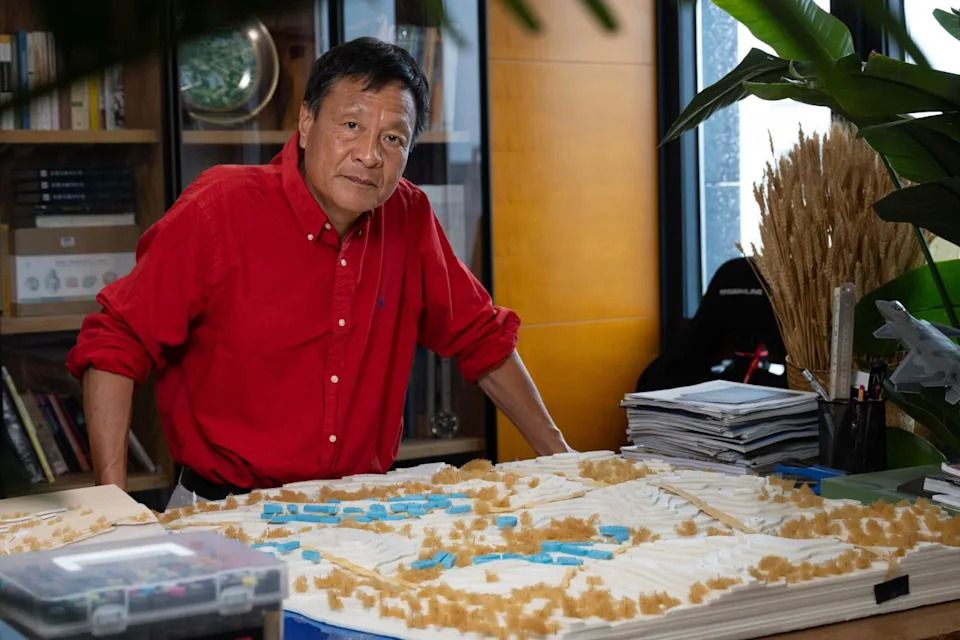
“My experience in these villages, my experience with the river and the creek, taught me how to live with nature,” he said.
Later, Yu earned a landscape ecology degree from Harvard University’s Graduate School of Design and spent two years in Los Angeles working for SWA Group before returning to China in 1997.
Dismayed that the rapidly modernizing country had lined its cities with concrete dams and channelized waterways, Yu began writing to local mayors, warning of the risks of this approach and advocating instead for “rewilding natural water systems.”
“Sponge cities follow three principles: retain, slow down and embrace water,” Yu said. “That means removing all unnecessary concrete and pavement.”
At first, his ideas found few sympathetic ears. Some people, he recalled, sent letters to the Communist Party claiming he was “a spy from the U.S. sent to demolish Chinese infrastructure.”
But things changed in 2012, when severe flooding in Beijing destroyed thousands of homes and killed 79 people, some of whom were caught off-guard in the street.
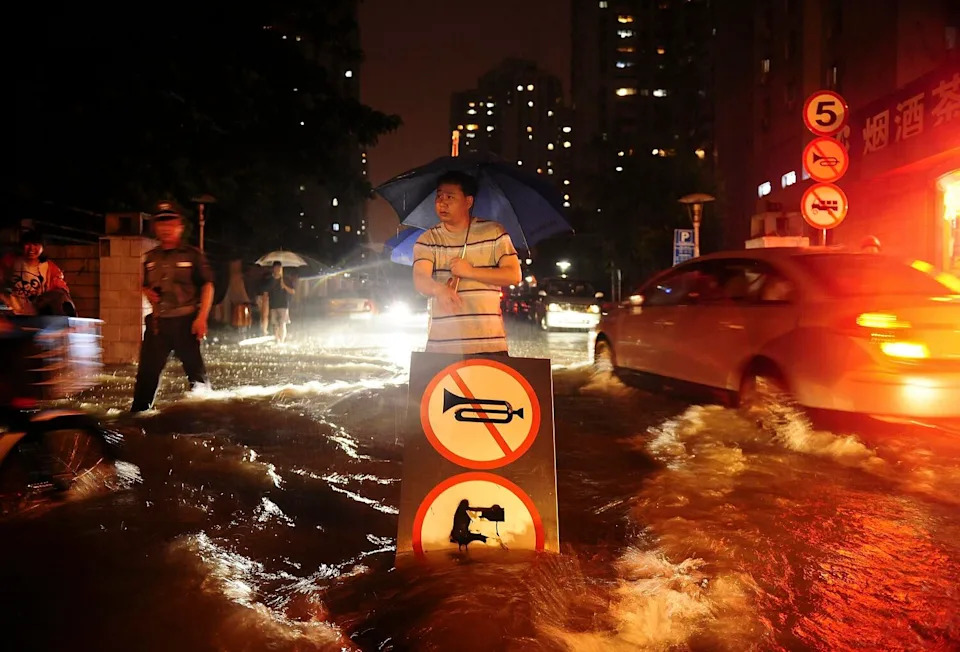
“Every sort of paradigm shift, you need a crisis,” Yu said. “People dying in the street — that was the critical point.”
The floods prompted Chinese leader Xi Jinping to adopt Yu’s sponge city philosophy as a national agenda in 2015. Since then, the government has pledged more than $28 billion to help fund over 33,000 sponge city projects in 90 cities, aiming to have them capture and reuse at least 70% of their rainwater by 2030.
By 2020, over 40,000 sponge city projects were completed nationwide, contributing to around 3.8 trillion gallons of rainwater being recycled that year, according to the Ministry of Housing and Urban-Rural Development. The ministry noted that this amount was equal to about one-fifth of China’s annual urban water supply.
Many, like Bangkok’s Benjakitti Park, are wetlands designed to address urban flooding. Others, like a mangrove forest built on the banks of a river in the tropical southern city of Sanya on Hainan Island, act as a natural buffer against saltwater intrusion and coastal erosion from rising sea levels.
“The idea is to not build too close to the water in order to create a buffer zone,” Yu said. “Instead of building a wall, we allow the water to come in.”
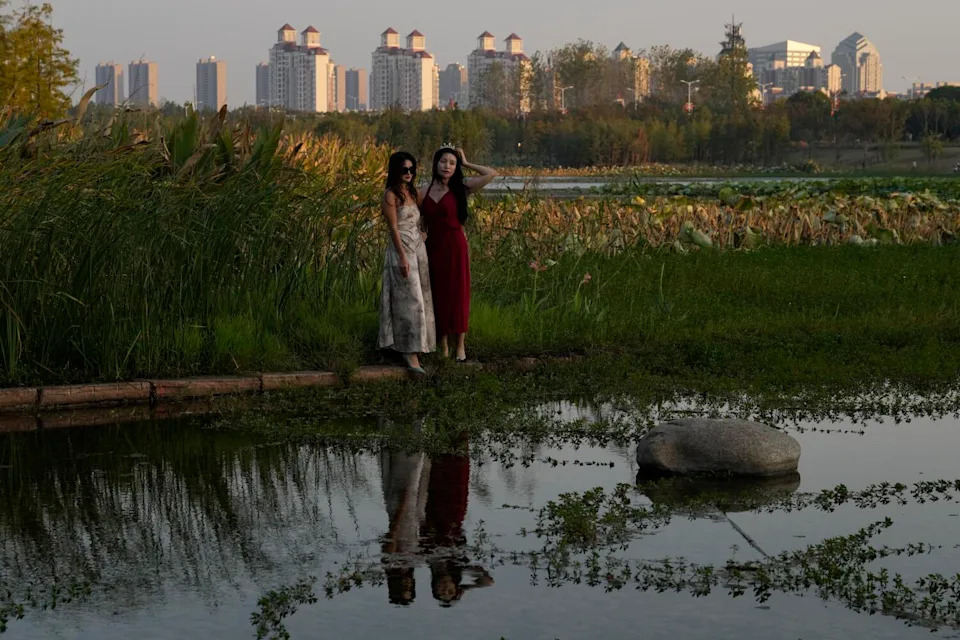
This approach, said Yu, has made sponge city projects uncomplicated and low-cost compared with conventional solutions, deployable just about anywhere.
Benjakitti Park, for example, cost $20 million and was built by the Thai army, which had little experience in environmental landscaping. Yu scribbled the design on a napkin during his flight to Bangkok to meet Chatchanin, keeping it simple enough to be achievable — at least in theory — with only a single excavator.
Still, the program hasn’t been without challenges.
Wetlands are often breeding grounds for mosquitoes. And with local governments expected to foot up to 80% of the cost for their projects, much-needed investments from the private sector have been slow to materialize. Meanwhile, critics have pointed out that some of China’s most touted sponge cities, like Zhengzhou in Henan province, have still experienced devastating floods.
“If a city can’t handle a flood, that means it’s not spongy enough,” Yu said.
“Ultimately, it’s not about getting rid of every piece of concrete. It’s about combining gray and green — upgrading the current model.”
Since 2006, Singapore has been turning its own waterways and reservoirs into public parks that also absorb stormwater, an initiative known as the Active, Beautiful, Clean Waters (ABC Waters) Programme.
In the Netherlands, a flood-prone country famous for mastering the art of keeping water out with techniques like land reclamation, the government has also experimented with a softer approach, strategically allowing its rivers to flood in certain areas in order to spare others.
In L.A., too, there has been a growing awareness that the area's city’s own impermeable flood control system, which discards billions of gallons of rainwater that might otherwise be stored and reused, is overdue for change.
With around 490,000 acre-feet of stormwater available to be captured a year in an area that includes Long Beach and Anaheim, the L.A. area ranks first in the West in stormwater runoff potential and, 19th out of 2,645 urban areas nationwide, according to a Pacific Institute report last year.
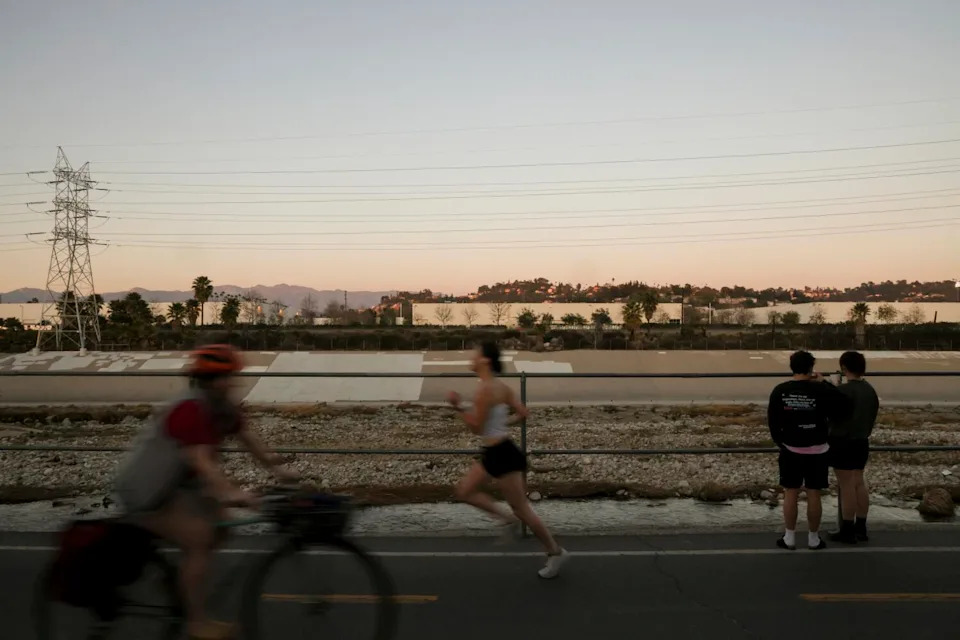
Among the efforts to make the city spongier — and therefore less dependent on imported water — is the Safe Clean Water Program, which L.A. County voters approved in 2018 as ballot Measure W.
The program levies a property tax on impermeable surfaces to provide around $300 million a year in grants for municipal stormwater capture projects.
The aim of the program is to capture 98 billion gallons annually. Experts have said that projects like this in the upper L.A. watershed could simultaneously help prevent flooding downstream.
Yet officials have estimated that it will take decades to achieve this goal, and progress has been slow.
Just 30 acres of green space were added to the county in its first three years, according to a report by Los Angeles Waterkeeper, a local watchdog.
And although the program has recently begun to pick up pace, with around $1 billion allocated across 130 projects, Bruce Reznik, the group’s executive director and a member of the Measure W scoring committee, pointed out there are a host of challenges not present in China’s centralized model.
Among them are scant federal support and the slow, costly bureaucratic processes involved with the program, such as cleaning up contaminated project sites and getting permits. He estimated that the projects the county needs will cost around $50 billion, 10 times what Measure W funding can provide over the next 20 years.
“In terms of expenses, that's a question a lot of us are asking: Why are these projects so expensive?” Reznik said. “I get that there’s inflation, but man, projects we thought were going to be $10 million are now $25 million. I think we've got to figure out ways that we can streamline some of this stuff.”
Special correspondents Chalida Ekvitthayavechnukul and Xin-yun Wu contributed reporting from Bangkok and Taipei, respectively.
This story originally appeared in Los Angeles Times.
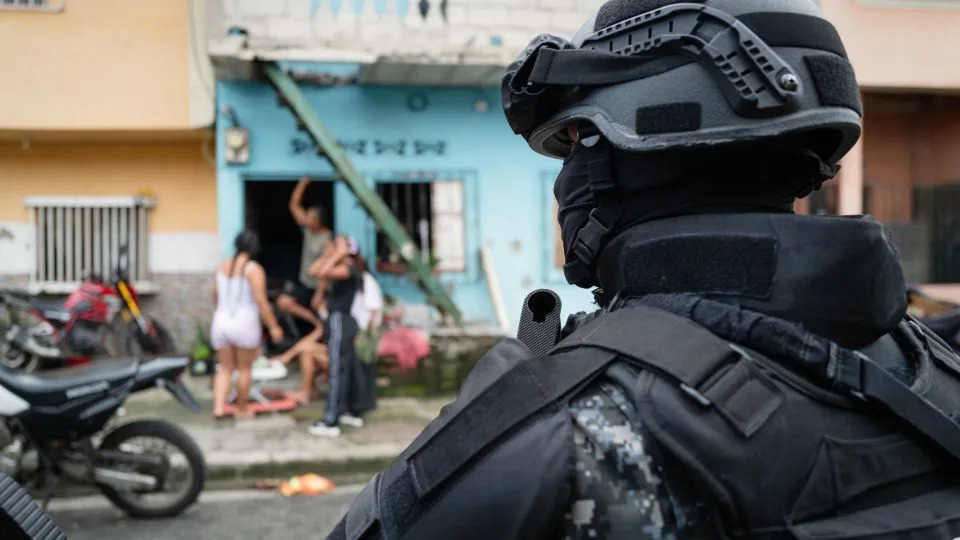

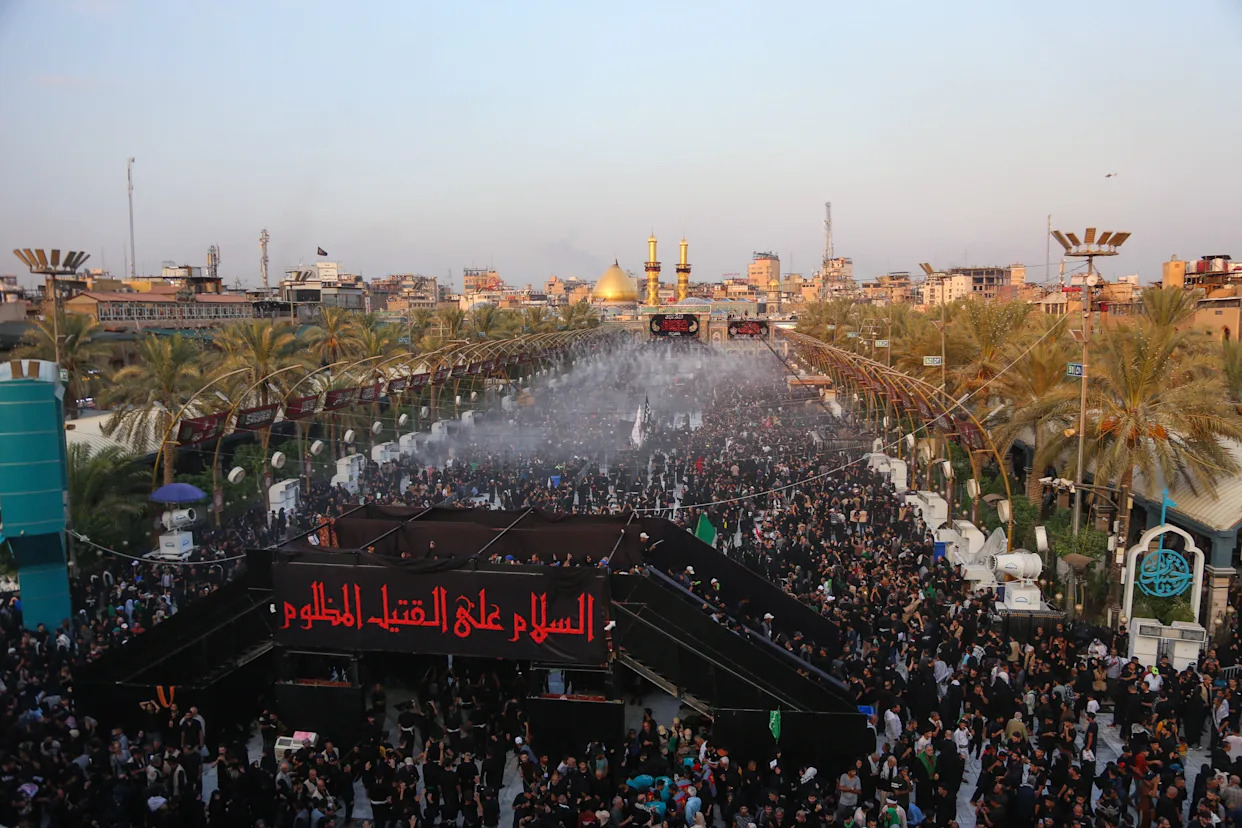
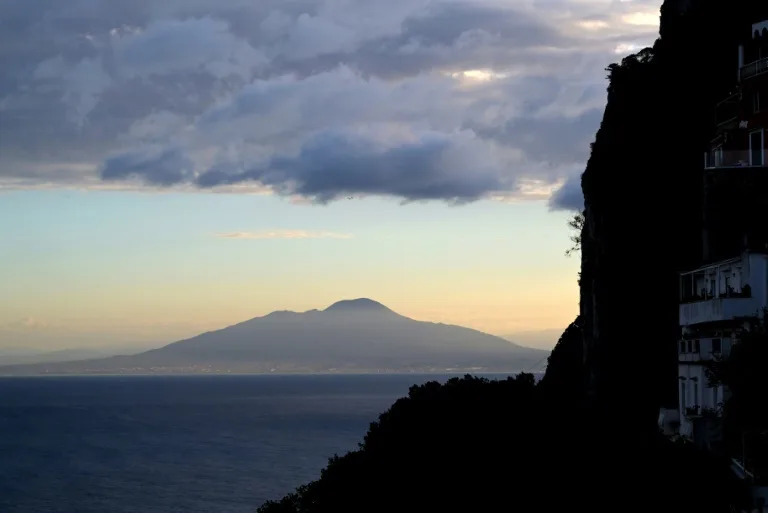


Comments